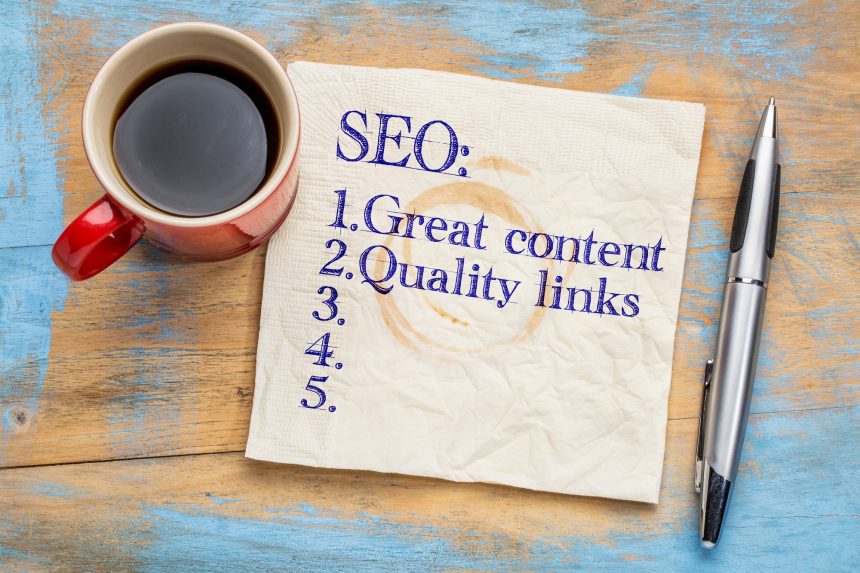In search engine optimization (SEO), one of the factors that help boost your search results rankings is the number of websites linking to it, which is called inbound links.
If you have many links from reputable sites pointing to your site, then that means your site is also reputable. However, spammers have exploited this factor in order to artificially boost their client’s search engine rankings. They will attempt to place as many links as they can on your website. Their most easy target is the comment sections of reputable websites. It was due to this fact that Google in 2005 introduced nofollow links to help combat web spam.
However, the use of nofollow links has slightly evolved. It is now also used on links that are commercial or profit in nature. Understanding when and how to use a nofollow SEO link can sometimes be confusing, but your confusion will come to an end in today’s article as I’ll be showing you when and how to properly use nofollow SEO links.
What is a nofollow link?
To have a better understanding of nofollow links, you need to first understand follow links.
A dofollow link or follow links are those links that give the webpage it’s referencing some link juice. They allow google and other search engines to point back to your website.
Whereas, nofollow links tells search engines not to click on the link, and therefore pass no link authority to the website you link to. Creating a no follow link requires an SEO expert to play with the HTML to intentionally tell search engines not to give any link juice to the website linked to. This prevents any paid link from influencing your page rank.
Why should I use nofollow?
Although the rel=”nofollow” attribute mainly benefits the third-part service the most, it can also benefit your search engine optimization. Don’t worry, I’ll explain. When you make use of nofollow links, it gives the search engine a little information about the links on your website. Characterizing it as either low in quality or commercial in nature, or maybe both.
Search engines make use of this information to improve the quality of search results for users. But what’s in it for us? Well, for one, it greatly reduces your chances of being penalized by search engines for publishing low-quality external links. Also, by diligently assigning rel=”nofollow” on our unverified or paid links we greatly improve our website’s SEO and reliability as a source of quality content. With that, your search result ranking will also improve.
How to use a nofollow link
These are the best way to use nofollow on your links:
- Use rel=”nofollow” Or rel=”sponsored” for paid links on your website
- Use rel=”nofollow” or rel=”ugc” for any user-generated content link on your website
- Apply nofollow to themes, widgets, and infographic links
- Do not use nofollow on every external link on your website, only for spamming, irrelevant, and paid links
- Do not use nofollow on internal links
When to use a nofollow link
The nofollow attribute is not meant for every link on your website. However, use a nofollow attribute on inbound links from the following sources:
- Social media
- Blog comments
- Forum posts and comments
- Irrelevant bogs and new sites
- Press releases
- Paid links
Popular websites like Wikipedia, Quora, YouTube, etc, use nofollow on all external links on their website.













